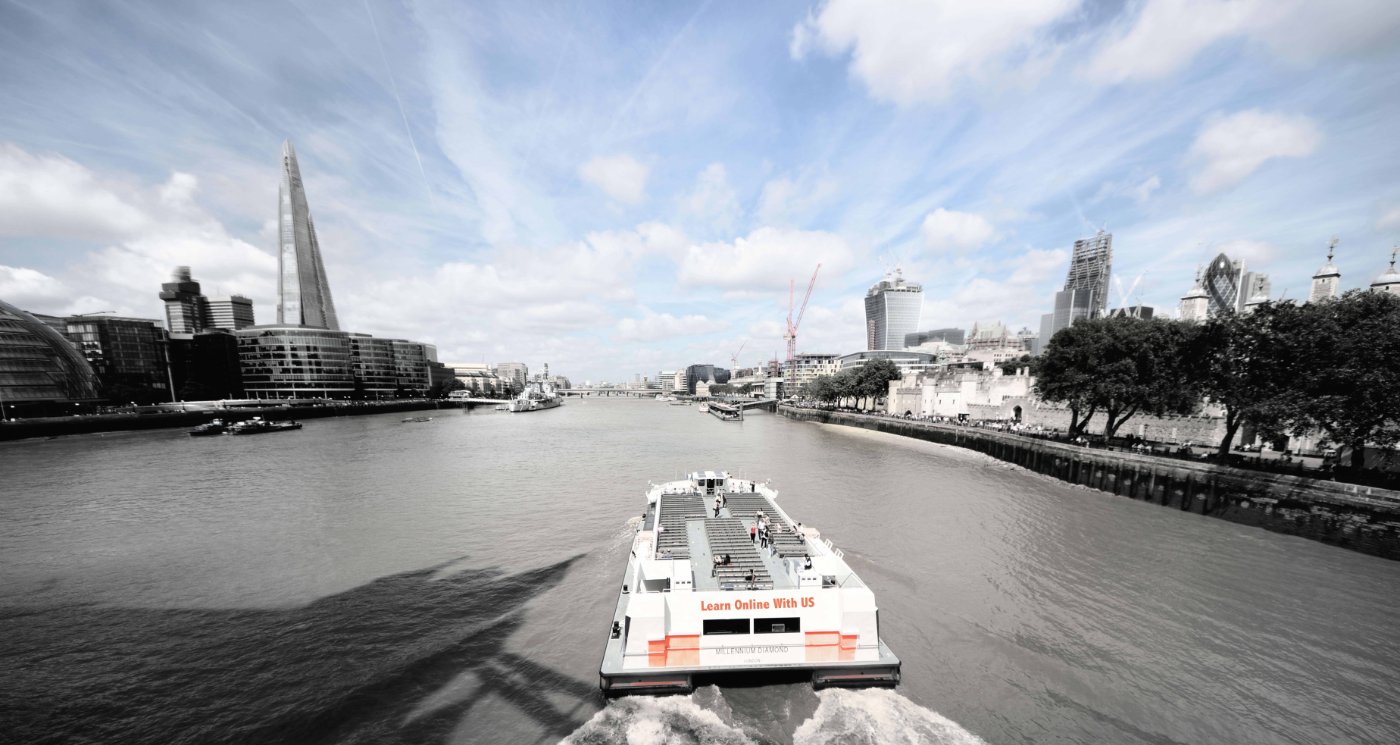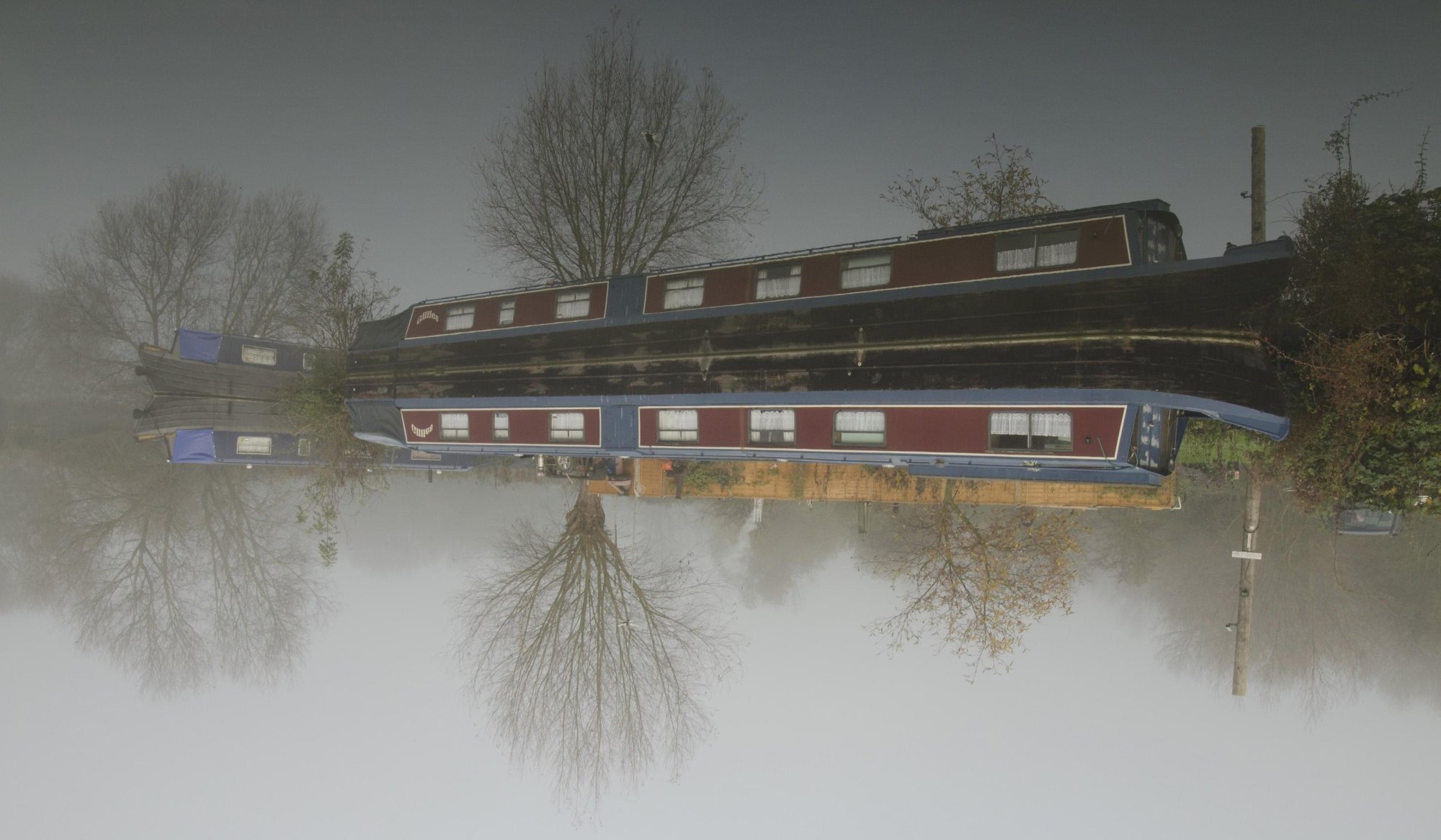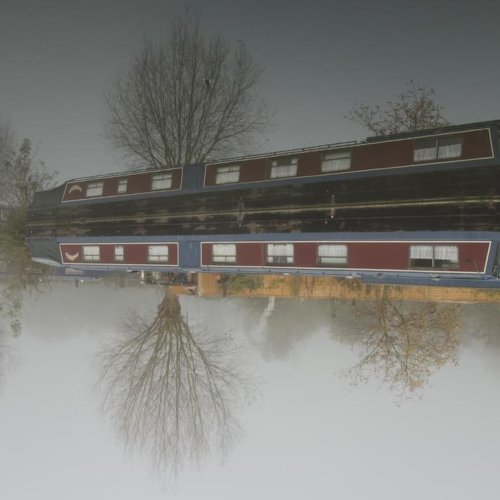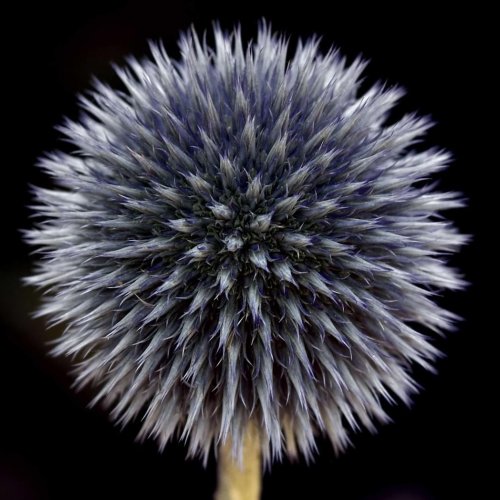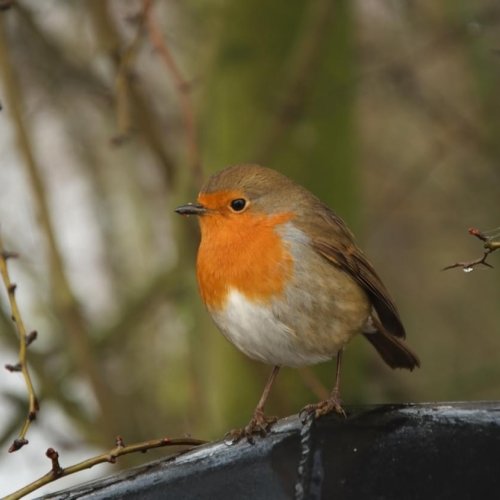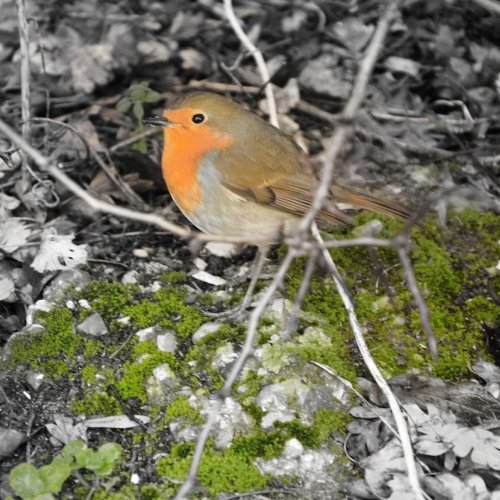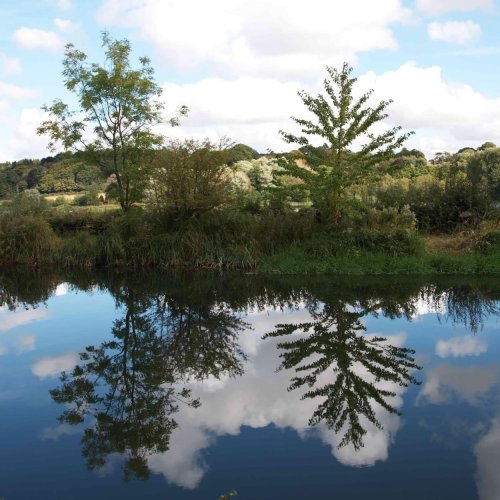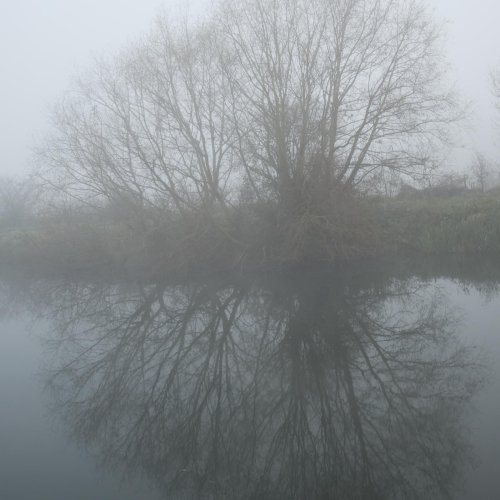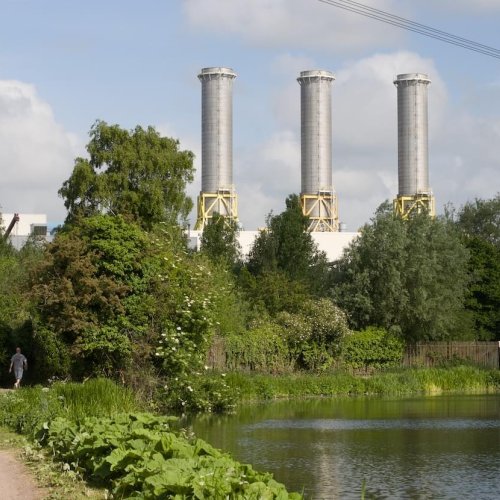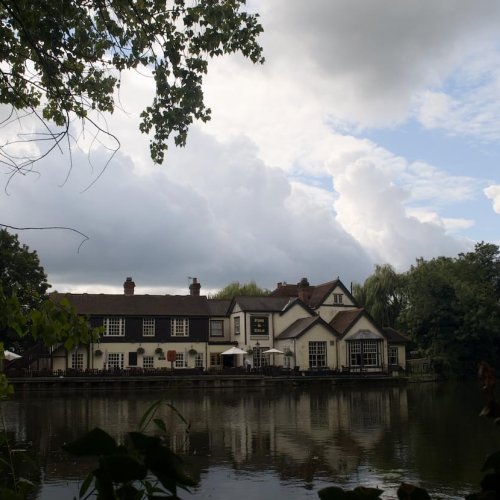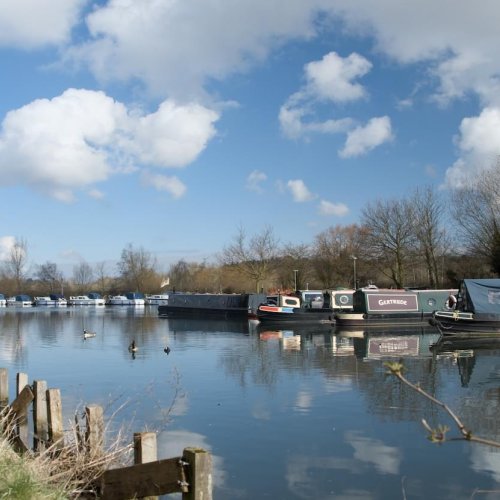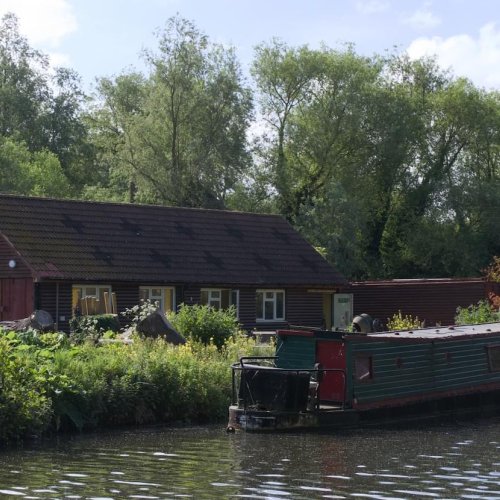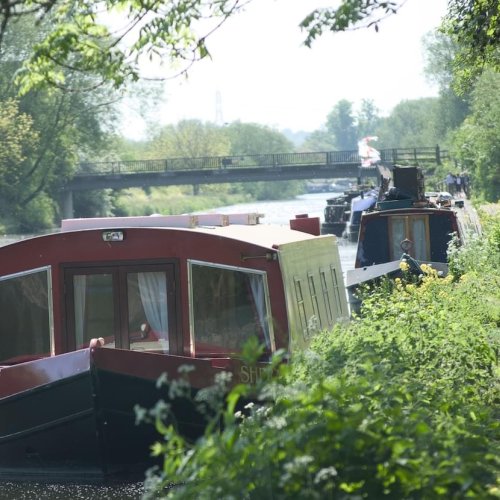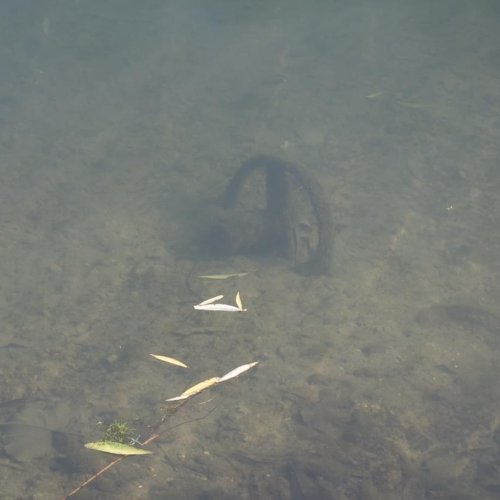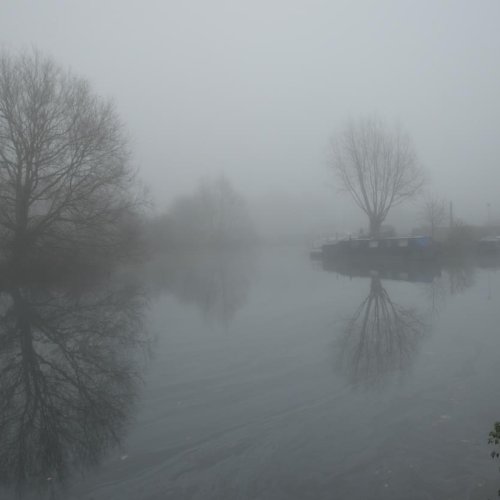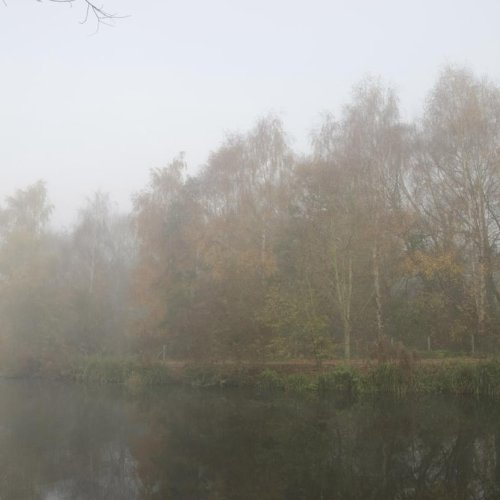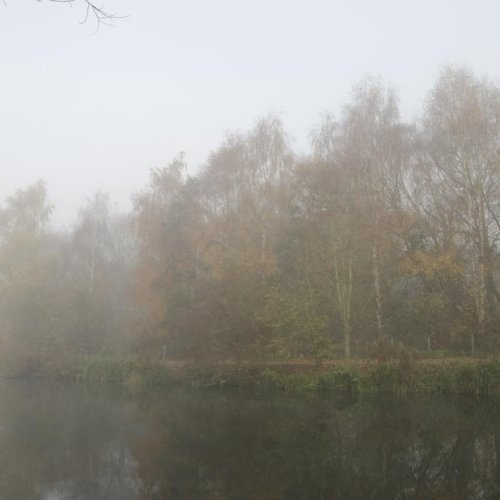The River Lea
runs from Leagrave at the edge of Luton into Hertfordshire and the south to enter Greater London near Waltham Cross. (Another stream starts two miles to the west at Houghton Regis but seems seldom to be considered as the source.) It continues south through Enfield Lock, Ponders End, Brimsdown and Tottenham Hale to Stratford. The spellings Lea and Lee are both in current use, but the river is more often called the River Lea (anciently sometimes the River Ley) and the navigation the Lee Navigation.
From Hertford, the River is sometimes a part of the Lee Navigation, and sometimes runs parallel to it, at times in a complicated mass of streams and flood channels - as in the area which is to be the site of the London Olympics in 2012. This includes the Old River Lea, Three Mills River, Prescott Channel, Channelsea River, City Mill River and Waterworks River.
Water taken from the Lea between Hertford and Broxbourne also forms the basis of the New River, constucted to bring clean drinking water to London in the 17th century.
The Lea Valley
was for years the industrial centre of London and home to many inventions. Here was the first monorail (horse-drawn), the driving power behind the motorcycle industry, the great railway works, buses, guns, gunpowder, chemicals, shipbuilding and much more. In the first half of the 20th century this was the UK's 'silicon valley''. The modern electronics revolution began with the invention of the diode by Ambrose Fleming at Ediswan in Ponders End in 1904, and companies including Thorn, MK, Belling, Ferguson (and much later, Amstrad) set up factories here.
